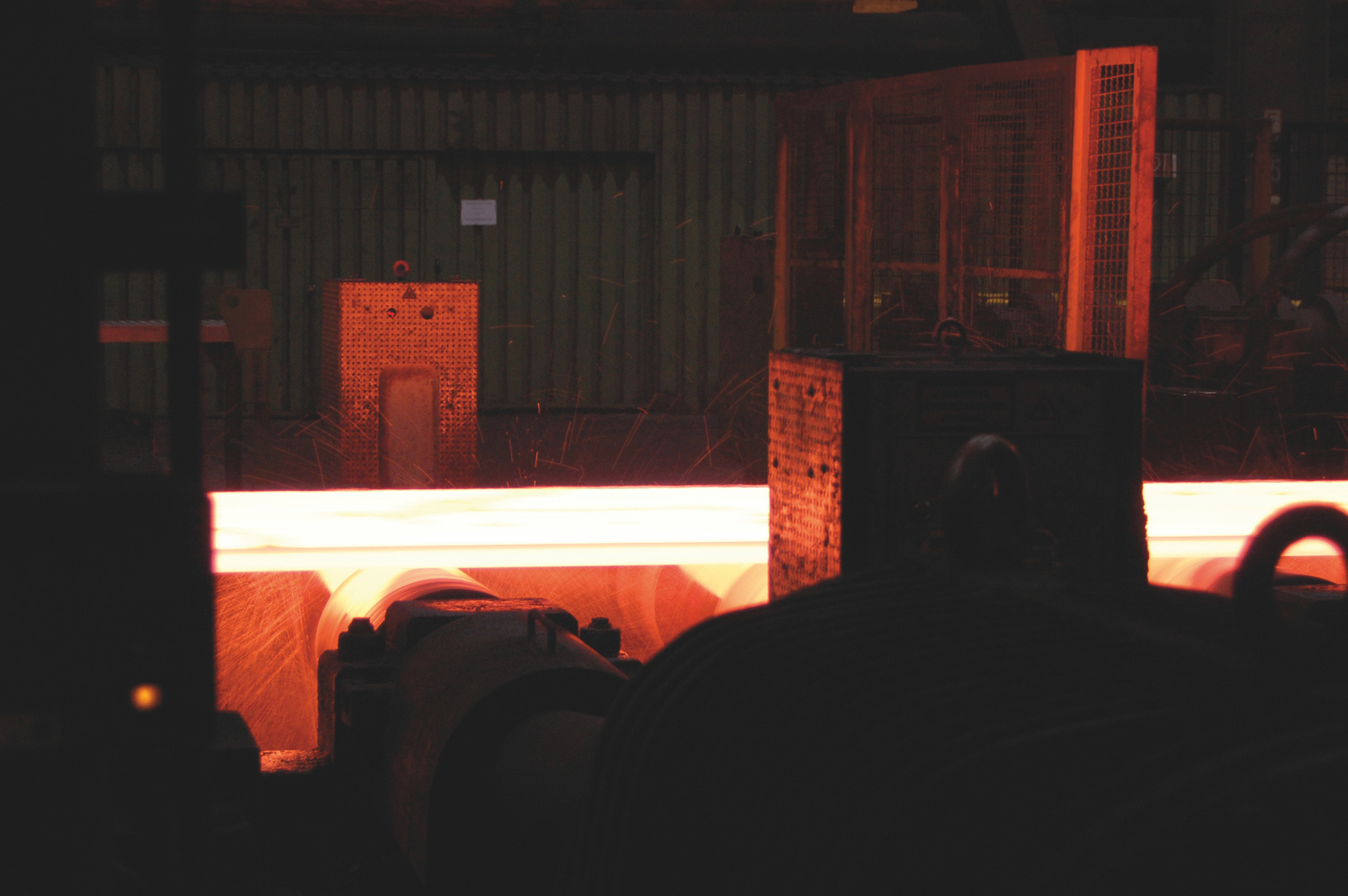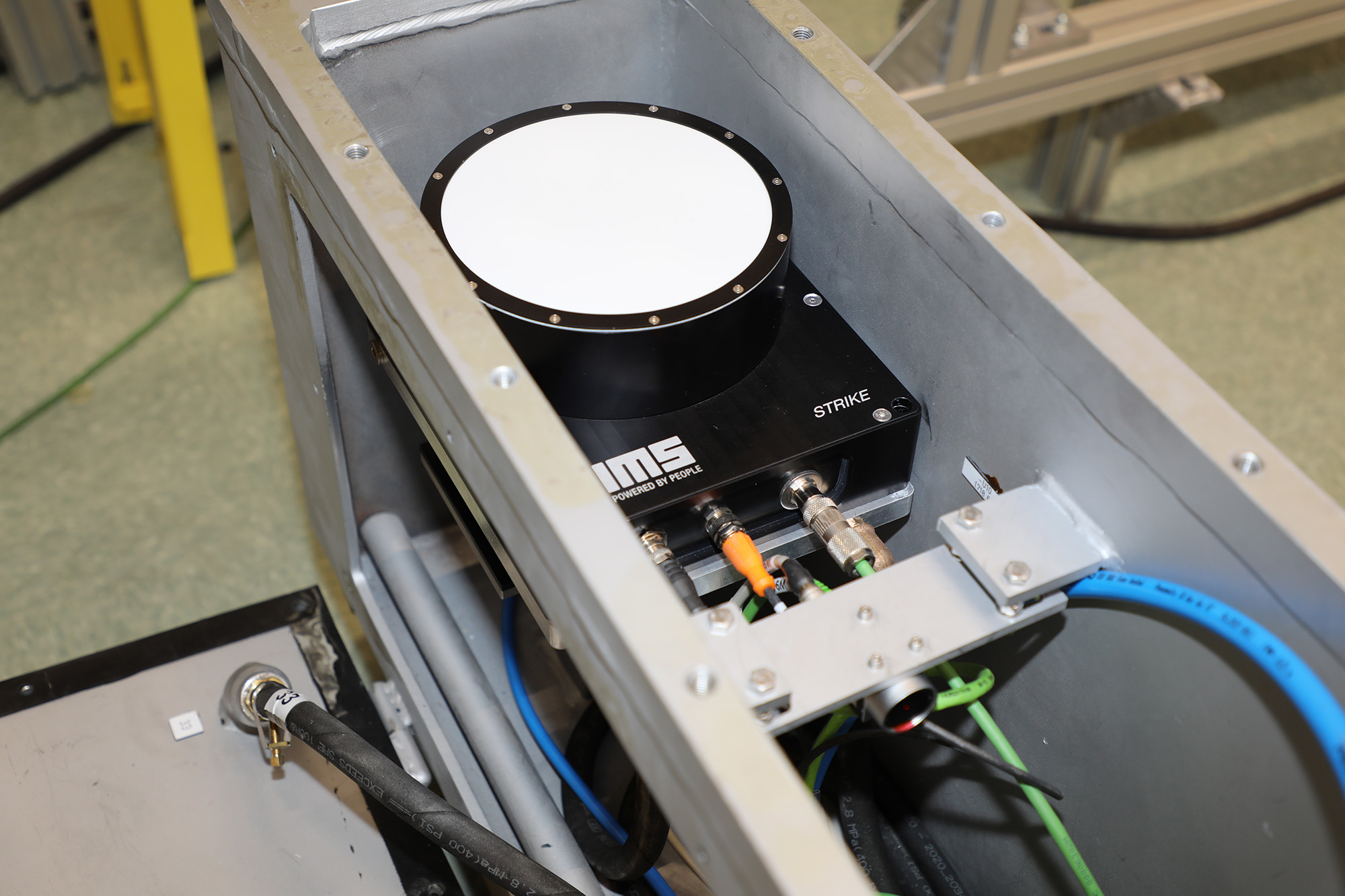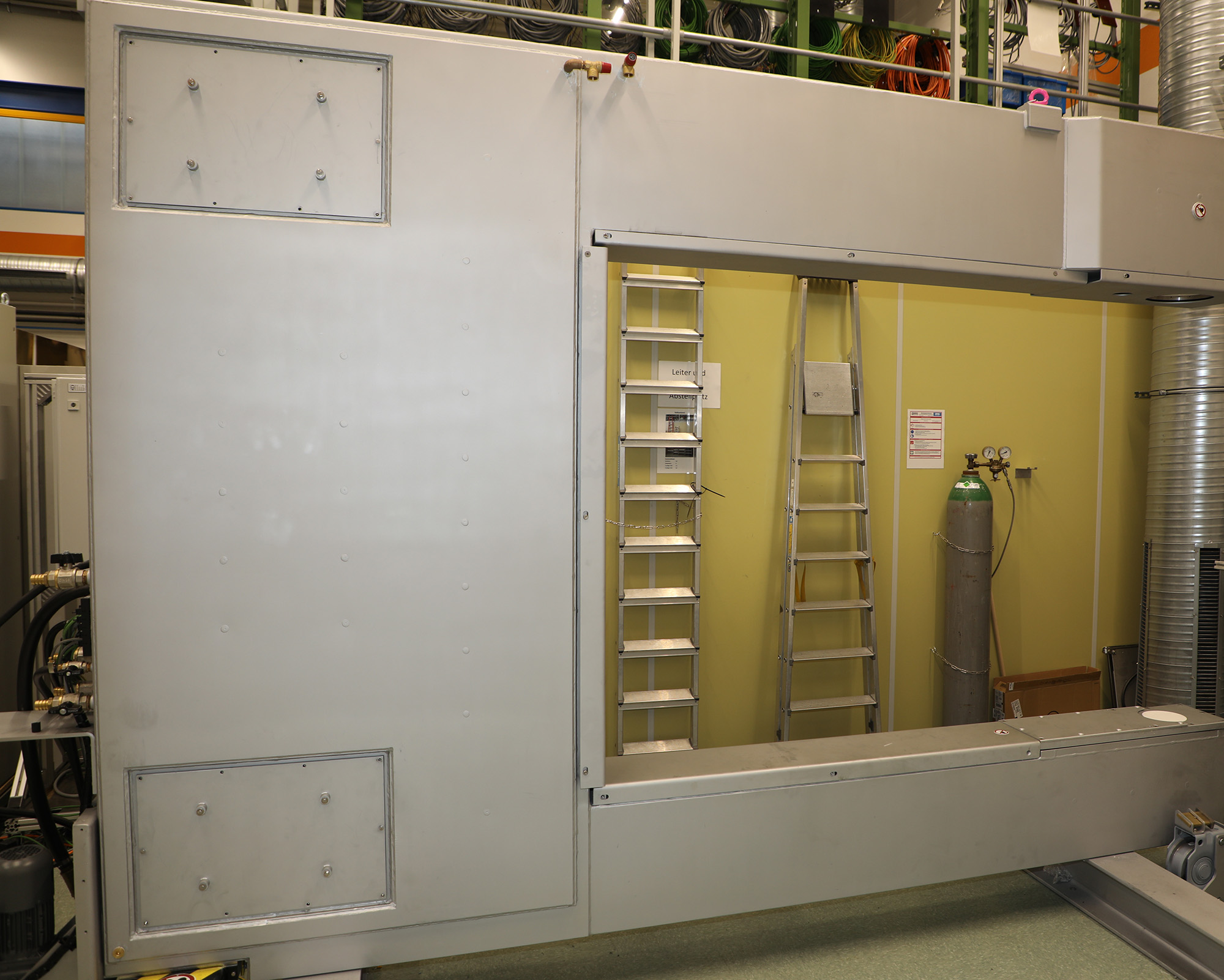Using radar to check steel sheet thickness
When steel strips are being rolled, they have to be checked to make sure they have the desired thickness. In applications where adverse environmental conditions such as steam, scale and spray water prevail, this has previously only been possible with ionizing isotope or X-ray technology. In contrast, a novel radar system measures the thickness of various materials in the submillimeter range even under adverse conditions – and even without ionizing radiation.



Be it for cars or component cladding, steel is often processed in the form of strips. To this end, the slabs of raw material are rolled out step-by-step into long strips in rolling mills and rolled into coils for transport. An elementary feature of the rolling process is that the strip produced must be of the specified thickness over its entire length, which should not have any major fluctuations. Strip or sheet thickness is currently measured mainly using systems based on isotope and X-ray radiation. However, this adds to the costs; after all, it requires radiation protection measures. Moreover, these systems reach their limits when the material is very thick. Then again, optical systems are sensitive to water vapor and fog.
In collaboration with IMS Messsysteme GmbH, Fraunhofer FHR has therefore developed the first thickness measurement system based on radar sensor technology for hot rolling and heavy plate mills. The advantages: Radar systems require only low transmission power, so no additional safety measures are necessary. Unlike optical systems, they are not sensitive to harsh environmental conditions such as fog, spray water and dust. At the same time, radar systems require hardly any maintenance. The electronics are maintenance-free; only the sensor's viewing window must be kept free from dirt, scale and rolling emulsion.
The STRIKE sensor delivers reliable results even under adverse environmental conditions
The Strike sensor developed at Fraunhofer FHR has already been integrated into a thickness measurement system at IMS. Environments where there is vapor, mist and dust and which are aggressive allows the material thickness to be measured reliably and accurately. The measuring system consists of two four-channel radar sensors mounted opposite each other in a C-frame. The two sensors emit radar beams that are reflected by the material passing through and received again by the sensor. Since this happens simultaneously from below and above, the distance values can be calculated from reference calibration data, which allows the strip's thickness to be determined. One challenge is that the steel strip is constantly moving under the sensors at a speed of up to 20 km/h. This must be matched by the measurement rate and the measurements on the top and bottom must be synchronous – this is the only way to achieve highly accurate material thickness measurements continuously. The developed STRIKE sensor ensures this: It currently operates at a measurement rate of one kilohertz. The entire measuring system thus delivers eight times 1000 synchronously recorded distance measurement values per second.
The evaluation unit is based on FPGAs (Field-programmable Gate Arrays). It is integrated directly into the sensor and allows fully edge-supported evaluation. The entire signal processing of the radar signals takes place on the FPGA – even the control of the radar chips and the communication with IMS Messsysteme GmbH's central computing unit was implemented in this integrated logic unit. Thus, the thickness of the steel sheet can be measured in real time at a rate of one kilohertz.
The accuracy of the thickness measurement is below 100 micrometers for a flat running strip. If the strip surface is inclined, for example due to the strip movement or corrugation, the angular deflections are determined and corrected by means of the quad arrangement. The accuracy of the thickness measurement can thus be kept below +-150µm. With the antenna geometry used, the measurement range of the strip's possible angular positions is up to 3 degrees in each direction.
The sensor is ready. It is currently in the test phase so as to guarantee reliability. Once this is completed, IMS Messsysteme GmbH will integrate the sensors into its setup and deliver its first measuring system to a U.S. rolling mill. Of course, the sensor's application is by no means limited to rolling mills. Indeed, it can be used wherever there is a need to determine distances and angles.